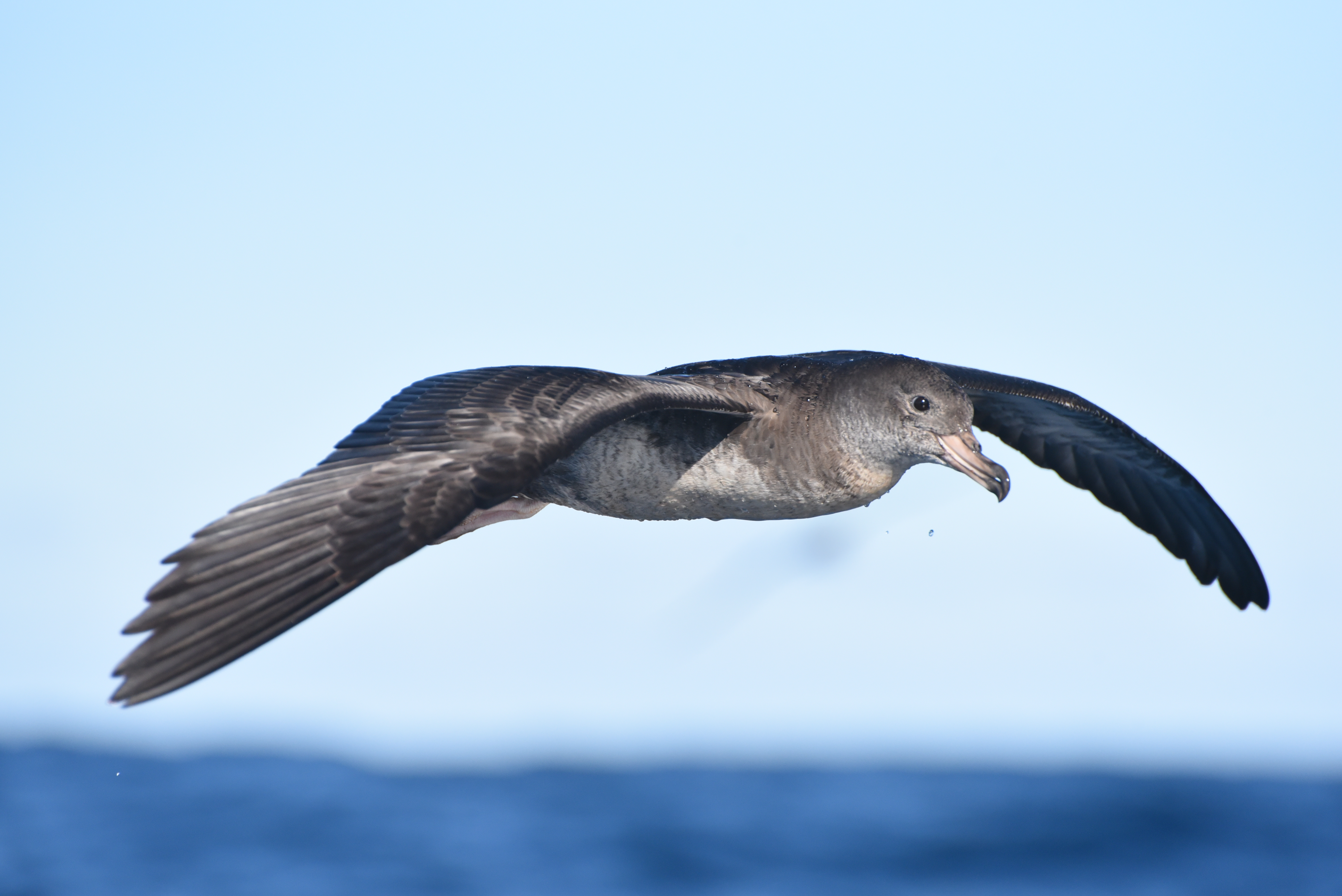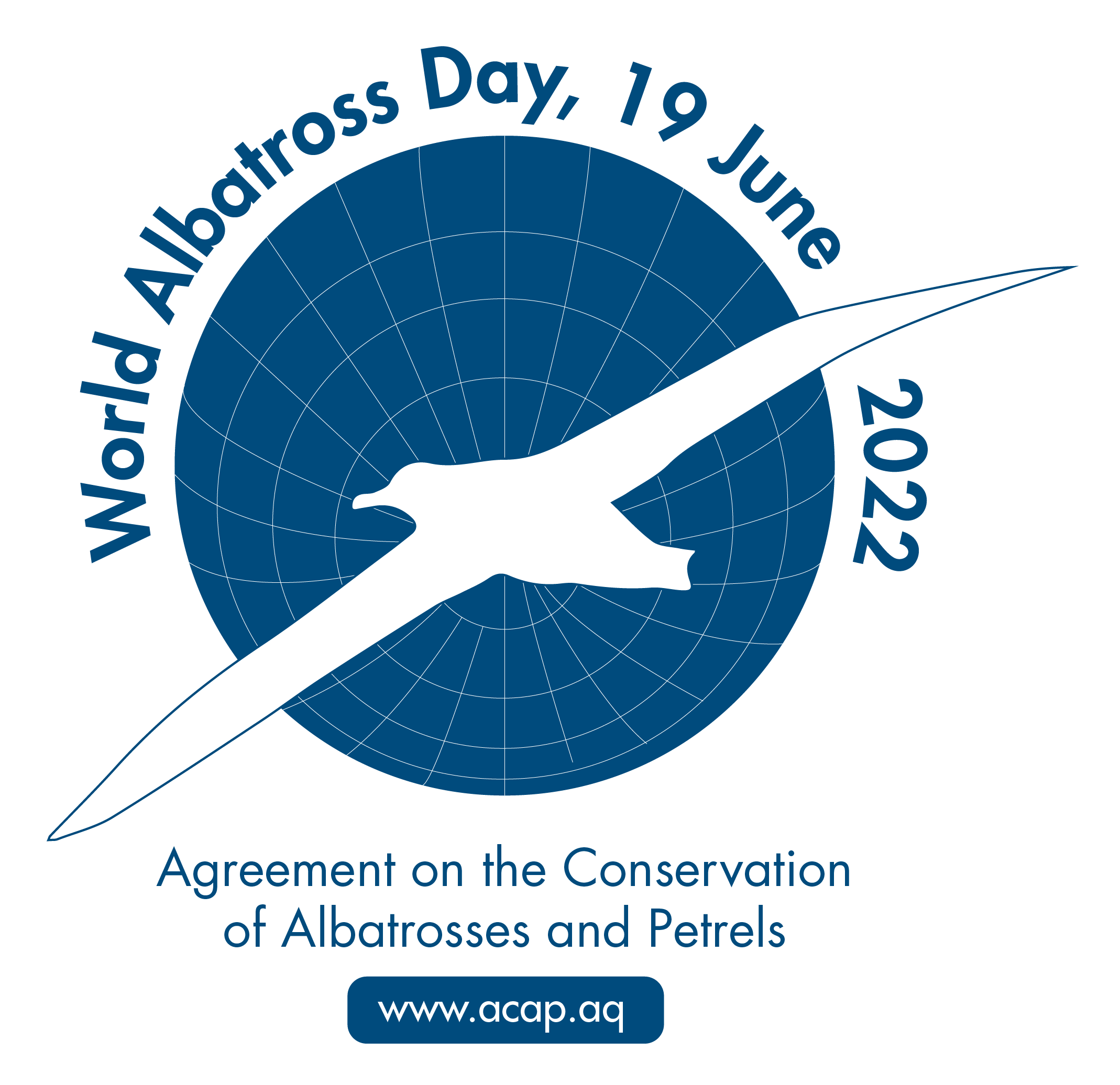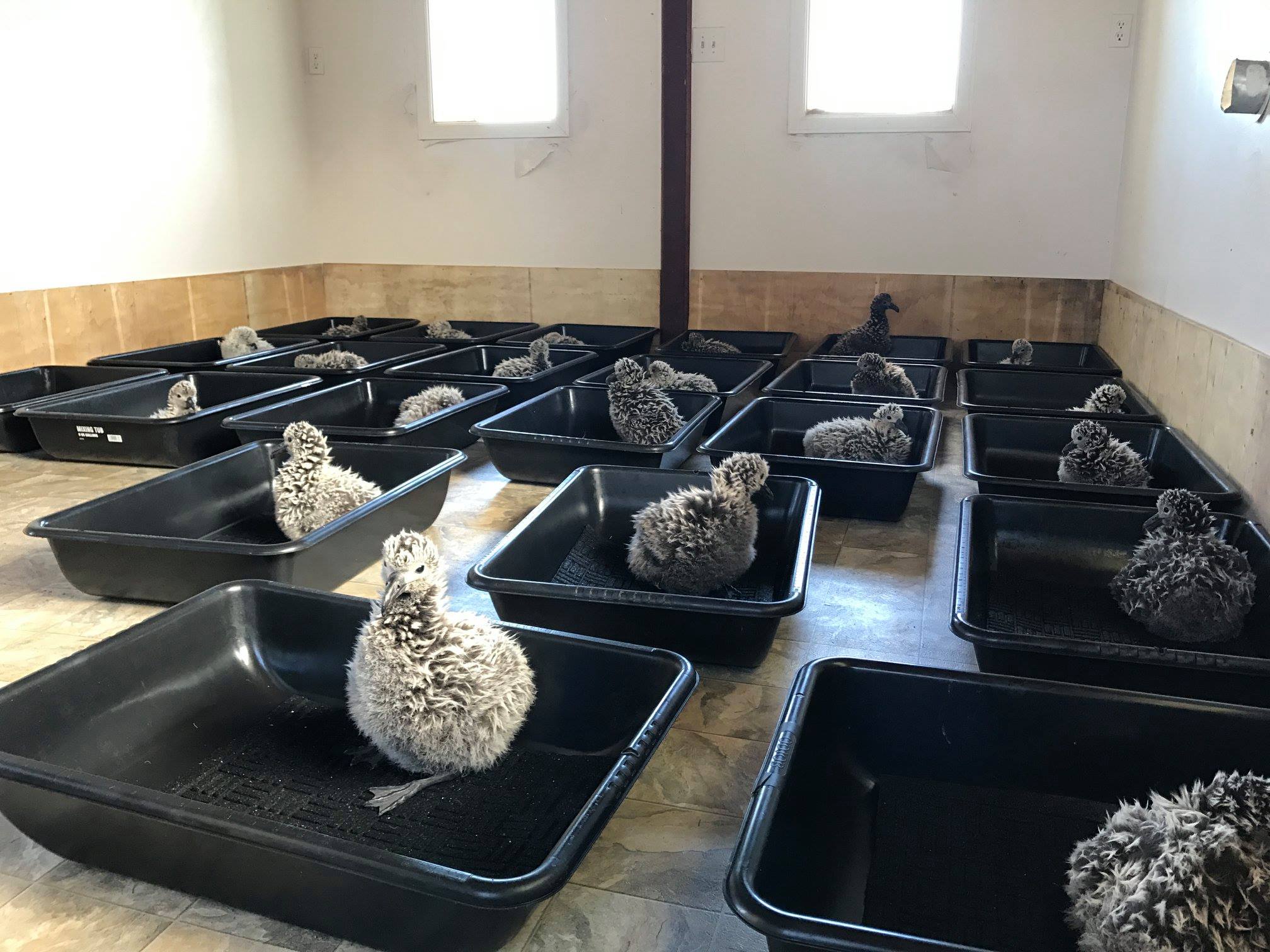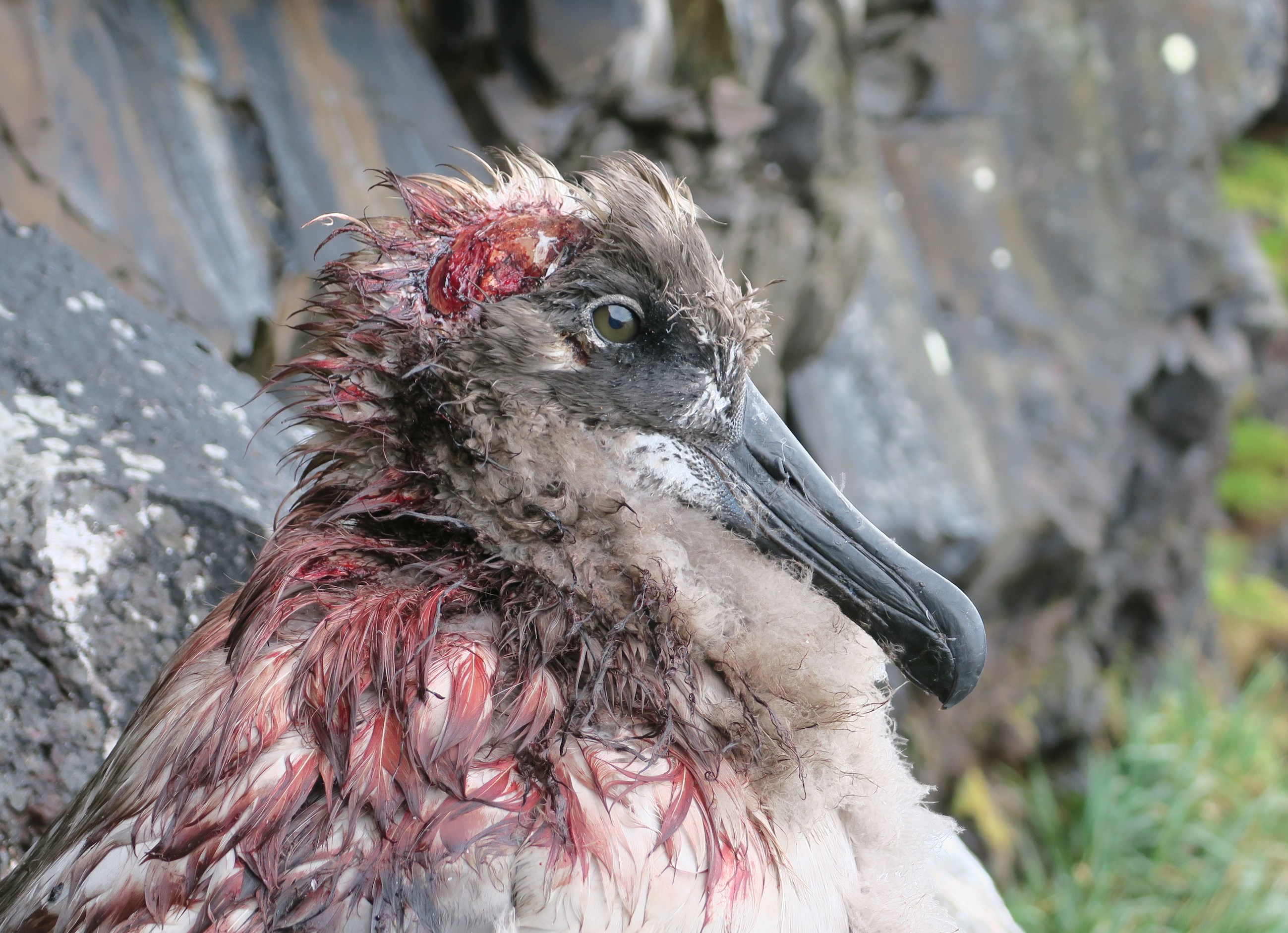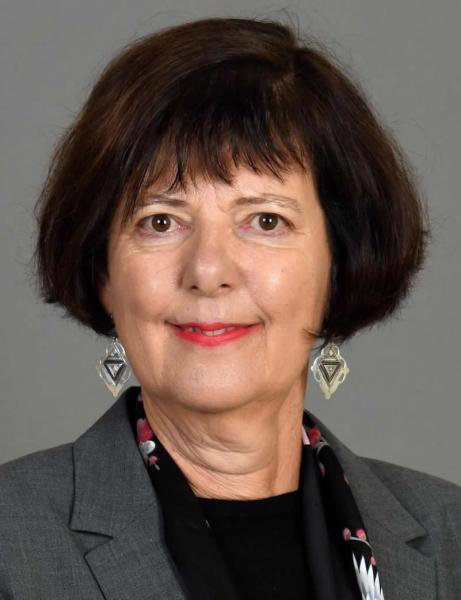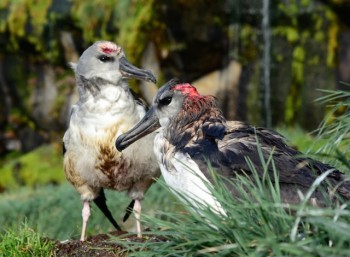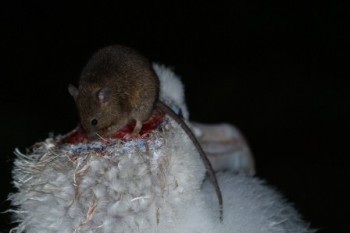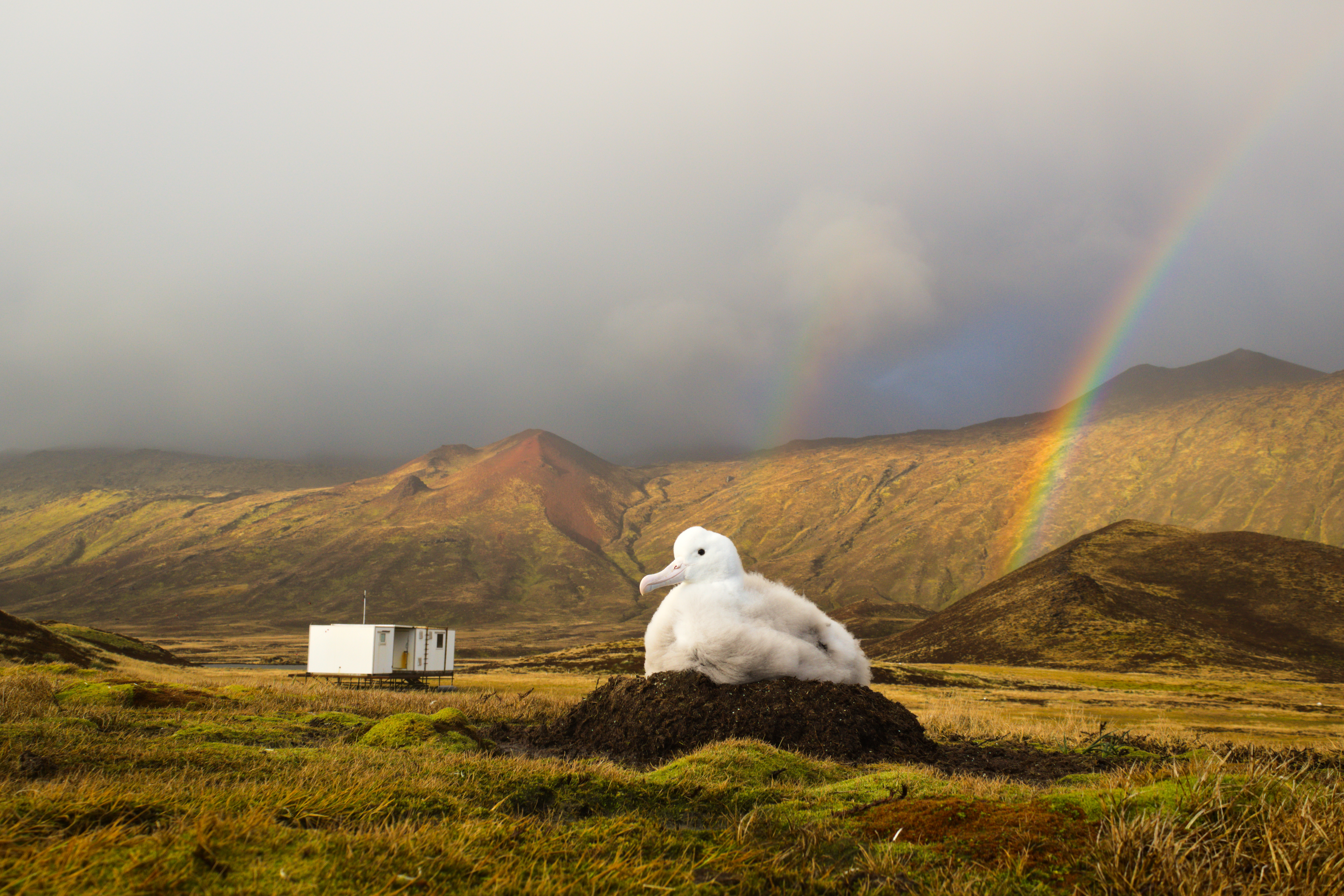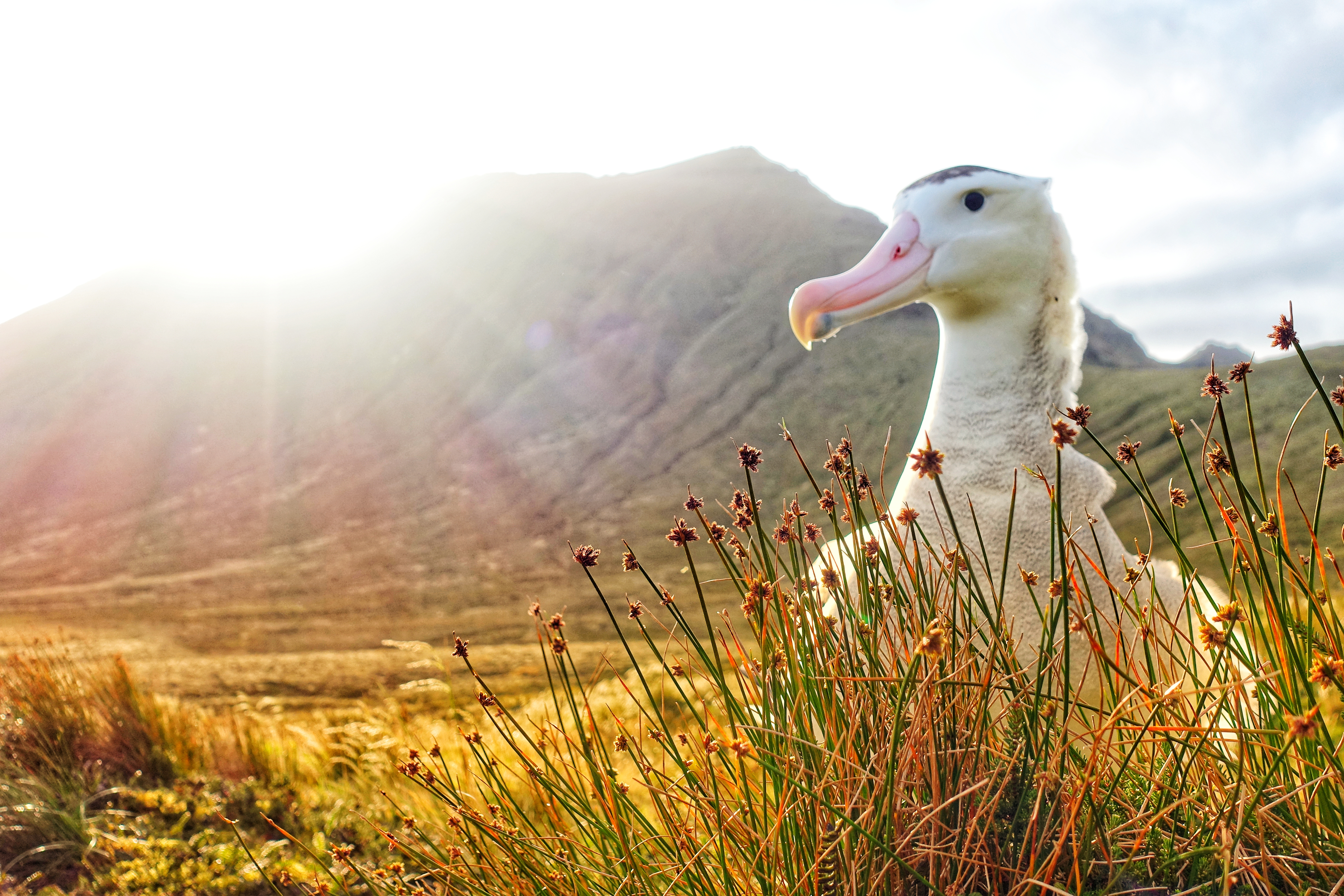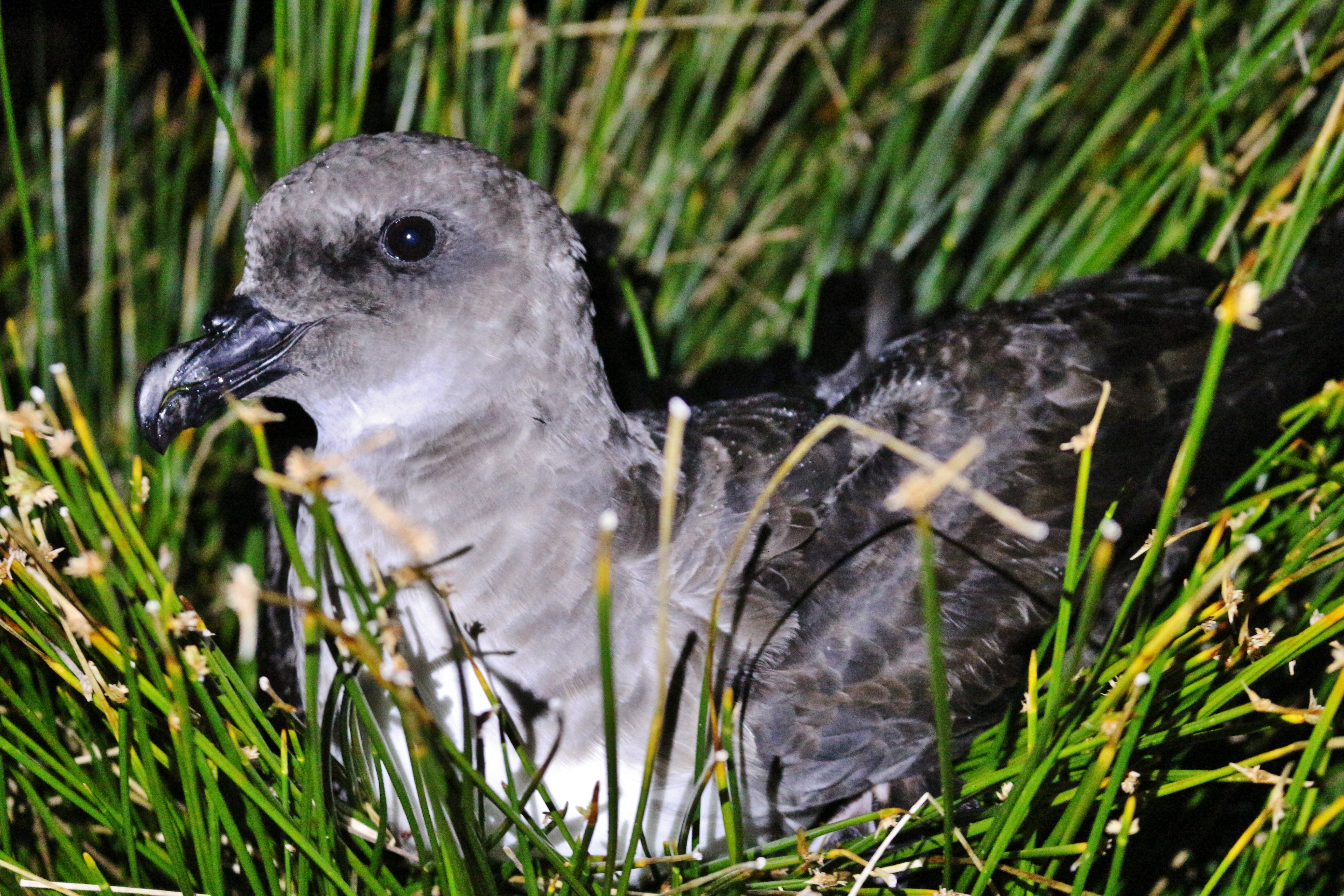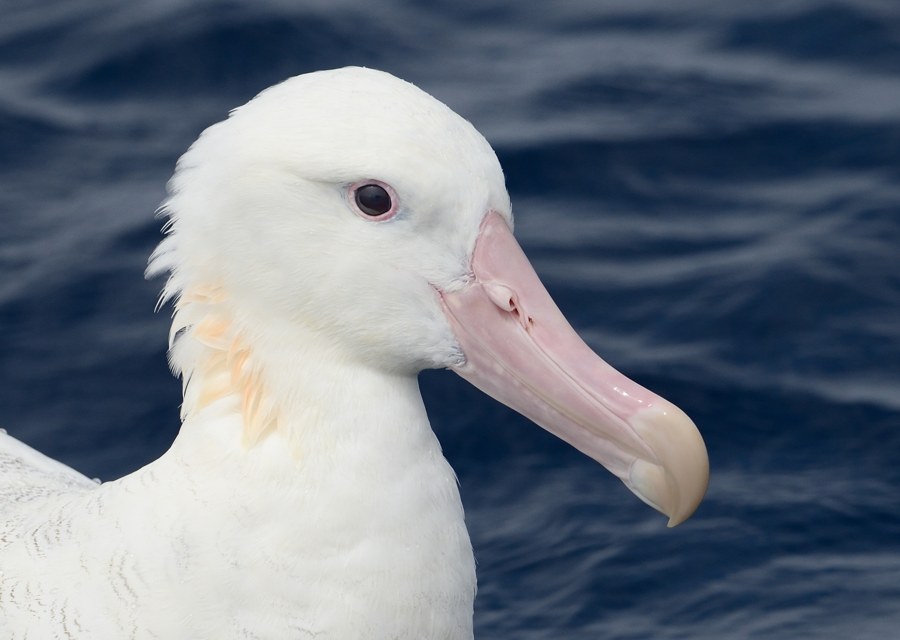 Antipodean Albatross off North Cape, New Zealand, photograph by Kirk Zufelt
Antipodean Albatross off North Cape, New Zealand, photograph by Kirk Zufelt
Last week New Zealand’s Ambassador to Spain, Nigel Fyfe, on behalf of the Department of Conservation and the Ministry for Primary Industries signed a Memorandum of Understanding with Spanish Vice President Teresa Ribera yesterday in Madrid, Spain to reduce seabird bycatch. The MoU will promote the adoption of bycatch mitigation measures, in particular those set out in the Agreement on the Conservation of Albatrosses and Petrels. The two nations will also share information and collaborate on research on seabird conservation.
“Highly migratory species may spend much of their time foraging in the high seas. We can’t limit ourselves to protecting these taonga [treasure] species only when they are breeding on our islands or coast and foraging in our waters,” [New Zealand] Conservation Minister Kiritapu Allan said.
[New Zealand] Minister for Oceans and Fisheries David Parker said fishing in international waters posed a challenge to seabird species. “Spain is a major fishing nation. Together, New Zealand and Spain can play an important role in promoting best practice for seabird bycatch mitigation across the world. This advocacy will help to protect our migratory seabirds in Pacific fisheries and beyond.”
The key actions in the MoU are to:
- Promote the adoption of bycatch mitigation measures, in particular those advised in the Agreement on the Conservation of Albatrosses and Petrels (ACAP)
- Share information and collaborate on research on seabird conservation
- Cooperate in the implementation of the Antipodean Albatross Concerted Action
According to Live Ocean the MoU is designed to promote the adoption of best practice fishing methods, including using what is known as ‘three of out three’ – weighted lines, bird-scaring lines and night setting. It also includes a commitment by the two nations to advocate internationally to promote the uptake of these fishing methods (click here).
Three years ago, a similar partnership was established between New Zealand's Department of Conservation and the Ministry for Primary Industries and Chile's Undersecretaria of Fisheries and Aquaculture and its Ministry of Environment (click here).
Read more here.
John Cooper, ACAP Information Officer, 22 December 2022

 English
English  Français
Français  Español
Español 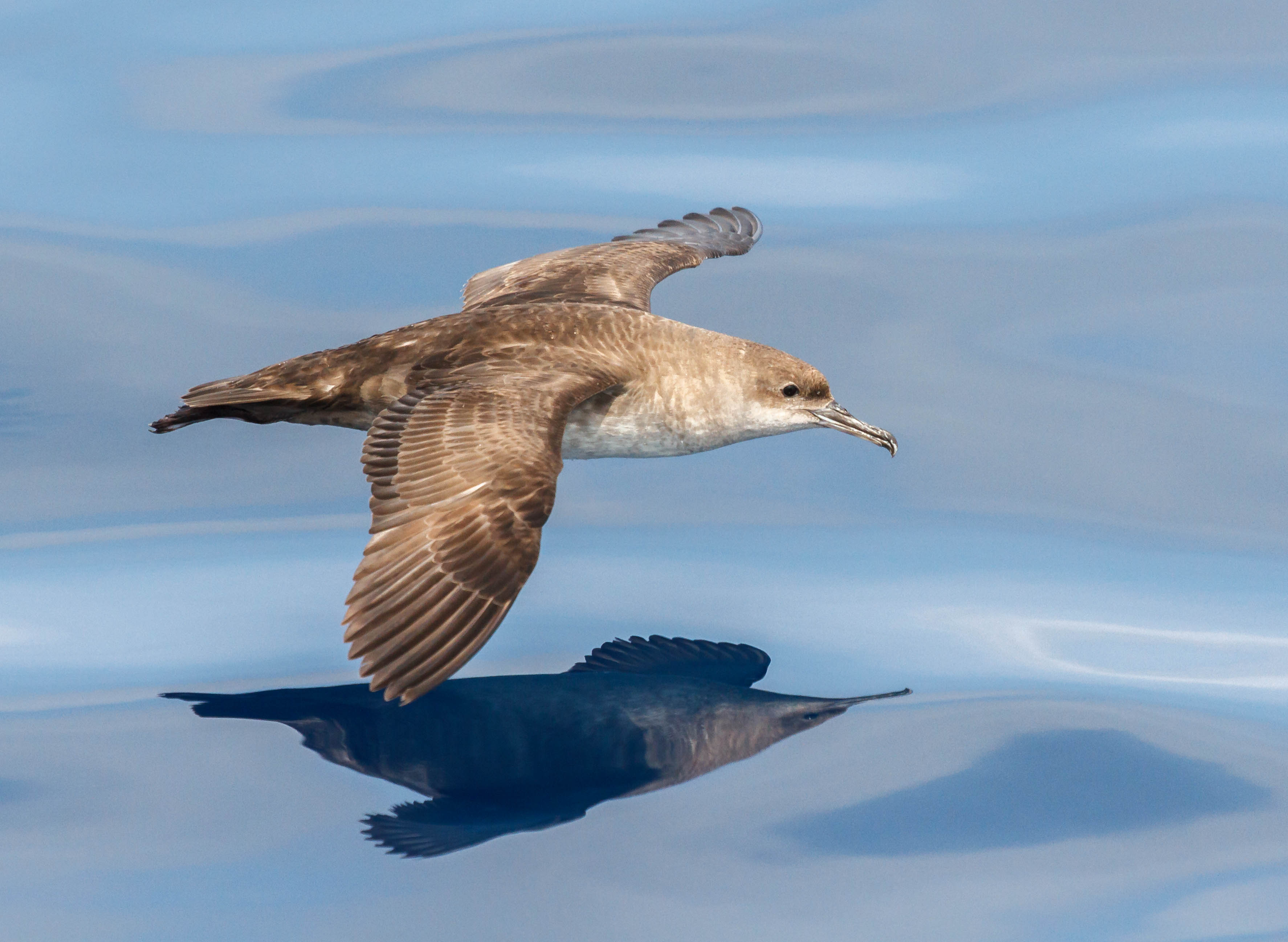 An ACAP-listed and
An ACAP-listed and 